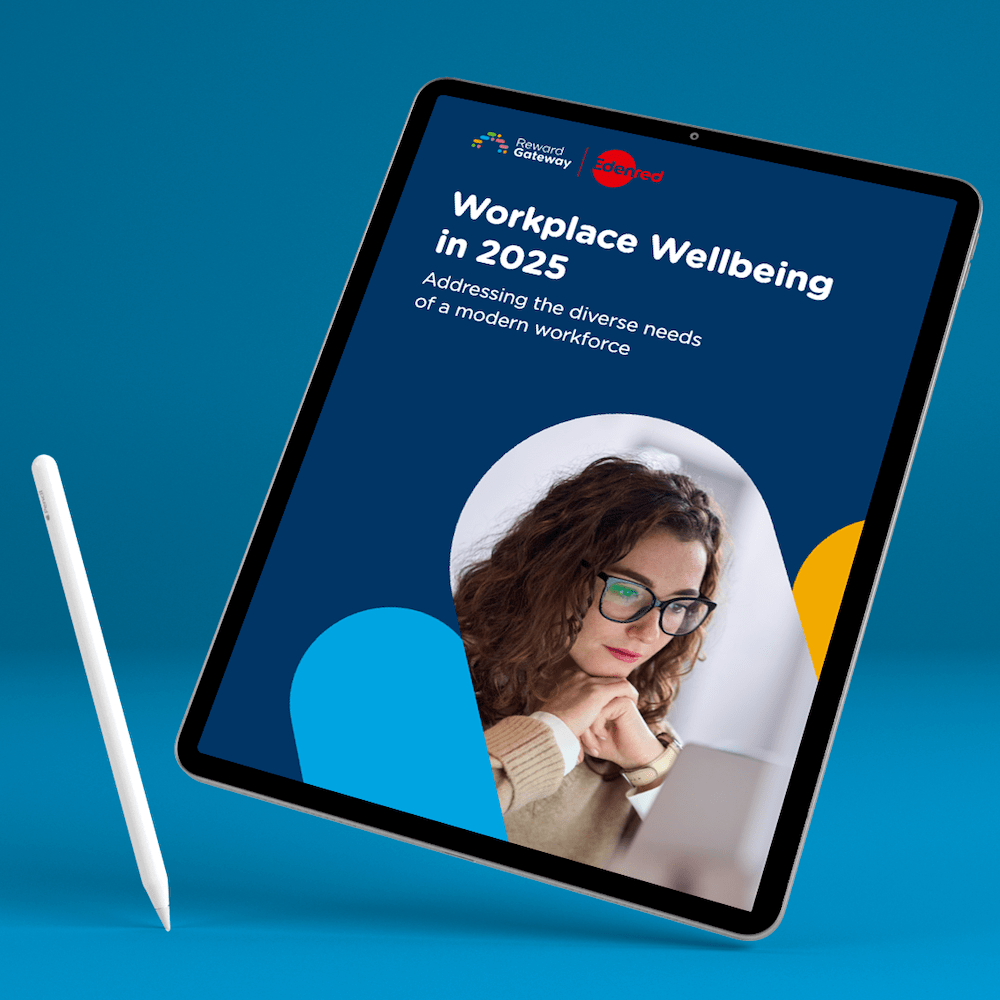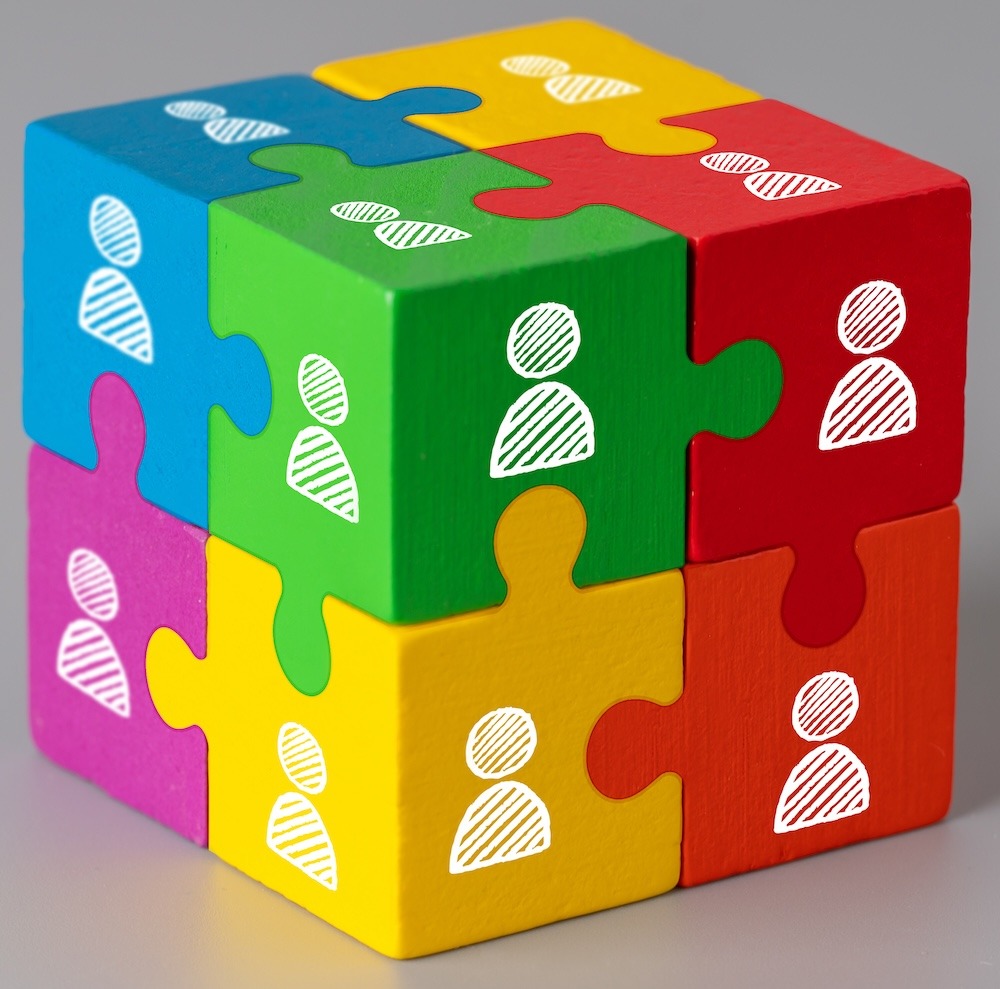You likely spent hours with your marketing, HR and culture team working out your shiny company mission. And maybe you recently agonized over your office spaces (we can relate). But there’s one important area that you might be missing: The diversity of your workforce.
Think I’m wrong? A 2014 study by Deloitte reported that nearly 75% of companies surveyed felt their company diversity and inclusions efforts were “adequate” or “weak.” And while we pride ourselves on our open and honest communications with our staff, we realized we’d fallen short in revealing the state of diversity.
That had to change. If you’re facing the same dilemma, here are the steps we took to get to our new diversity statement:
1. Create benchmarks.
You have to know where you’re starting from in order to improve. This was tough for us, as we’re a relatively hierarchy-free organisation, but we managed to categorise our employees into five management layers. Then we drilled that data into gender (prompted by a question at our all-staff event about gender diversity), and we’ll continue to work on it to break out by ethnicity and other categories.
Remember, as with any HR program, your leadership team will always be interested in progress — you don’t want to be stuck without the answers to those questions!
2. Make it a priority.
We had been working on our new diversity statement behind the scenes since January 2016, but when Glenn was thrown the Big Diversity Question about gender splits in Management roles (check out the video, below) we knew all eyes were on us. So we pushed ourselves to get the diversity report, which fueled our diversity statement, out in four weeks.
You can check out the SlideShare of our 2016 full 28-page diversity report, which shows we have a 50/50 gender split (but not when it comes to management) among our staff. While pleased with the overall findings, we have much work to do.
3. Define what diversity means to your company.
Following the report, we published a draft diversity statement (covering all aspects of diversity including religion, or lack of, educational background, race, sex, born-gender, chosen-gender and lifestyle) with the aim of creating an inclusive statement, a principle of being included, rather than excluded.
We looked at what was out there in the tech sector, benchmarked ourselves against a few big players, and then set out what we wanted to do. We didn’t want it to be just be about diversity, it is about being inclusive, if you join us, being included. In short we wanted to have a clear message, if you have the skills and talent we need, then we want you to join us, and stay with us, simple.
.jpg?width=500&name=JB_Brian_Fistpump3%20(wecompress.com).jpg)
4. Involve your team(s).
As with other documents at Reward Gateway, we value what our employees think, and wanted to know if we were missing any key points. So we sought feedback on our draft diversity statement (released in May) from all 330 of our staff in a Google document, with updates from our then-CEO (Glenn) and I hosted on our internal communications system, boom!.
Our staff wanted us to be bolder, stronger and at times clearer in what the statement said. They also gave some really good feedback which meant we could make it an even more inclusive statement and tackle areas like education. This meant we were sure that what we had written our staff would be both happy to stand behind but also champion.
To understand the choices we made in our statement, Glenn responded to each of the comments prior to the release of our new statement this past week.
The importance of a diversity statement
Very simply, we know that diversity is a strength for our business. A diverse workforce is a stronger workforce. By having a wider breadth of thinking and experience, we can create better decision-making within teams. If everyone on your team is similar, you have a much narrower collective mind.
Furthermore, as a business, we believe that:
“Teams are stronger and more innovative when they have a range of opinions and perspectives, and that comes from diversity.”
And that, where talent is concerned:
“If you can do an amazing job for us and our clients and if you have the skills, experience, drive and ambition needed for one of our roles then forget everything else – we need your talent.”
This means we’ll always set out to make sure we can find the best talent – and have the best talent find us.

But we’re not done.
By drafting our diversity statement, we’ve set ourselves some new challenges for the immediate future. It’s not enough just to “have” a statement — we have to live it. So these are the kinds of things we’ll be looking at in the future:
- Are we looking hard enough for candidates from diverse backgrounds?
- Does our company and workplace look welcoming to everyone?
- Can we reduce unconscious bias in our selection or promotion process?
- What can we do to improve the range of people we can choose “best” from?
We have a lot to do, but we know we can do it.
How have you worked towards more diversity and inclusion among your workforce? I’d love to hear your ideas.

 Robert Hicks
Robert Hicks



